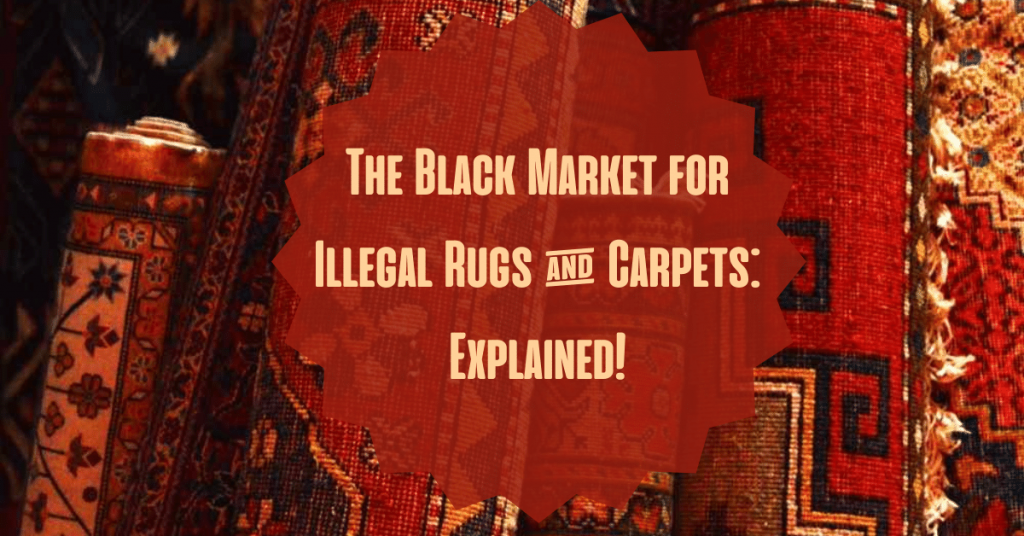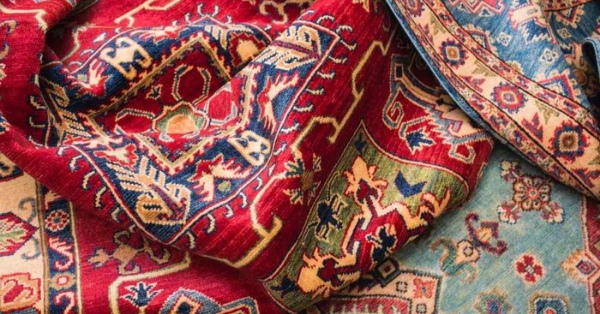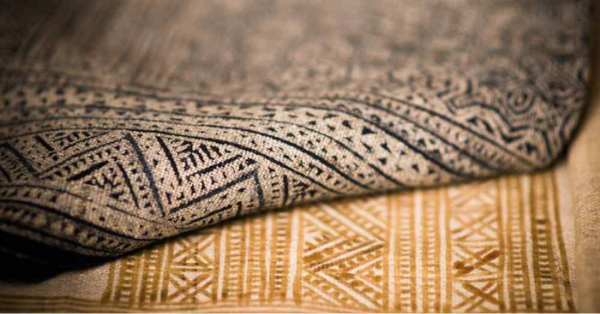The black market for rugs is not the same as when it first found its place in our world. Rug markets have been around since the Egyptian and Mesopotamian civilizations. However, during the modern times, sanctions on various rug-producing countries such as Iran led to a rise in black markets for these illegal rugs.
The network of the black market of rugs and carpets has become more complicated than ever. With foreign investment and influence in the region, Iranian rugs can be found almost anywhere in the world despite of sanctions.

We have to look into the history of the black market before delving deep into the black market for rugs and carpets.
What is a Black Market?

The first thing that comes to mind is, what makes a black market different from a normal one? Products that are illegal are often sold and bought in black markets. These markets often operate to avoid high taxes as well. The products sold and bought in such markets soon find their way into the normal markets of developed countries.
Since tax evasion is illegal, anything sold through the black market also becomes illegal under the law. Contraband and other illegal products are usually sold that are in high demand. For instance, during a rebellion or a coup in any country, black market sales boost and generate high profits through the sale of weapons and ammunition.
Almost anything can find its place in a black market. It is quite interesting how you can find normal household items in these markets as well. Black markets are fast-growing businesses run underground far from plain sight. It is difficult to track down a black market since the supply chain can stretch across different continents. Even if authorities and concerned parties of intergovernmental organizations made up their minds and set on tracking them down, it would take too much time and money.
History

Early producers and manufacturers of rugs and carpets never knew that even rugs could be banned in the near future. They were indefinitely ill-equipped when it came to the rise of the black market. Iranian rugs were one of the most valuable and high-demand rugs out there once. It started with smuggling in Northern Iran where rug manufacturers would concern themselves with shipping their carpets across the sea.
These rugs were shipped across the Persian Gulf at night in the shadows to different countries. These rugs would first reach the Middle East and African countries. They were in high demand all across Asia and soon, Western countries found themselves interested too. This led to black market sales soaring and most rug manufacturers began selling their products in these markets.
Influential contacts in the Middle East like the Sheikhs helped these rugs reach the masses. Contacts such as these helped ensure the black market for rugs and carpets kept running and operating in the shadows. Influential people in developed countries helped play their part as well. They would deal with the cost of transportation and labels and tags on the individual item before it reached the market.
Where It Stands Now

The black market for rugs and carpets stands strong as ever in the modern world. The network started in Iran has become more complex and the web is difficult to untangle. Leading countries of the world are contributing either directly or indirectly to this complex web of the black market. Especially when the global pandemic began, black markets all across the world saw an opportunity to generate more profits.
These rugs have found their place in countries all over Europe. Prices of each rug underwent a process of change and most carpets are now overpriced or even underpriced in some markets. However, these rugs have been made legal after sanctions were lifted.
People who genuinely appreciate the art continue to work towards lifting these sanctions. Some carpets and rugs that are legal are also sold in these black markets, for the sole reason of avoiding taxes. This is done to conceal the true intentions of the buyer or seller as well.
Why do Black Markets still Exist

Most people in third-world countries are often affected by unemployment and price hikes. If a country has something valuable to offer to the rest of the world, most people end up taking advantage of that. For instance, Iranian rugs are still in high demand across different countries in the Middle East and Europe.
These markets offer a way out to people of developing countries. They still operate in areas with low crime rates because most people are involved in the market to make a decent living. However, black markets are responsible for damaging the economy and promote illicit activities that harm people.
Conclusion
We have looked at the black market for rugs and carpets. This included the history and current standing of the black market.
If you are interested to know more about carpets and rugs, head over to read about carpet installation.
How Long does it Take to Install a Carpet? Per room analysis
On average, a team can lay 14 yards — or 15 meters — of carpet per hour. Factors like the shape of the room and the experience and size of the team affect the time spent on the installation.

